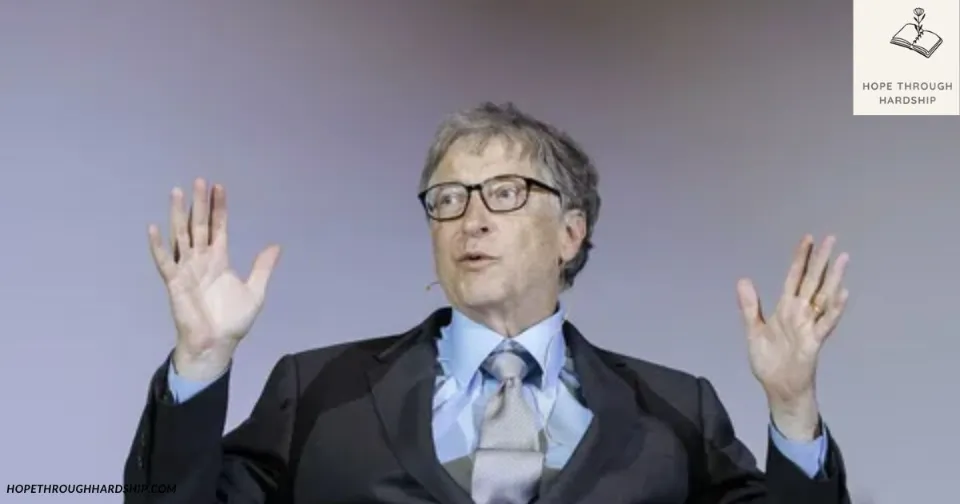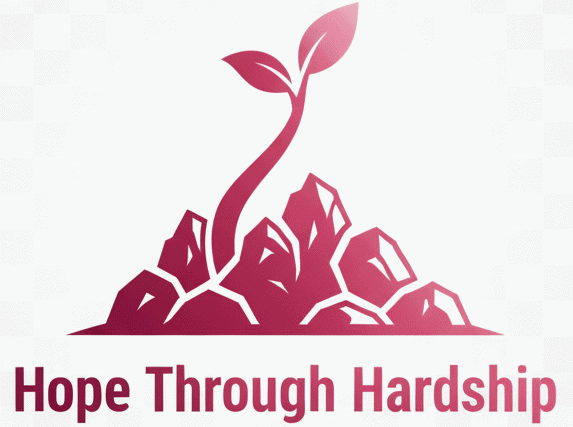America’s technology pioneer transformed personal computing forever through Microsoft’s revolutionary impact. Bill Gates demonstrates how visionary leadership, combined with relentless execution, creates unprecedented business achievements. His philosophical approach toward success transcends traditional entrepreneurial wisdom, offering profound insights that resonate with ambitious Americans seeking extraordinary accomplishments.
Throughout decades of building Microsoft into a global powerhouse, Gates developed unique perspectives on achievement, failure, and strategic thinking. His transition from software entrepreneur to the world’s leading philanthropist showcases how sustainable success extends beyond personal wealth accumulation. These carefully selected quotations reveal the mindset that built America’s most influential technology empire.
1. “Success is a lousy teacher. It seduces smart people into thinking they can’t lose”

This foundational wisdom appears consistently across multiple sources documenting Gates’ philosophy. Success can blind intelligent individuals to potential risks and future challenges, creating dangerous overconfidence that leads to strategic mistakes. Gates witnessed this phenomenon throughout Silicon Valley’s boom-and-bust cycles, where successful companies failed due to complacency.
Microsoft’s early dominance with MS-DOS could have bred arrogance, yet Gates maintained paranoid vigilance against competitors. This strategic humility drove continuous innovation despite market leadership positions. American entrepreneurs often struggle with success management, making this insight particularly valuable for sustained achievement.
Transform your relationship with victories by treating each success as a temporary advantage rather than a permanent superiority. Document lessons learned during winning streaks, identifying factors that contributed to positive outcomes. Create systems that maintain competitive intensity regardless of current market position or recent accomplishments.
2. “Your most unhappy customers are your greatest source of learning.”
This counterintuitive perspective transforms customer complaints into valuable business intelligence. Dissatisfied customers provide specific feedback about product deficiencies and service gaps that satisfied customers rarely articulate. Gates understood that criticism contains actionable improvement opportunities that competitive research cannot reveal.
Traditional American business culture often focuses exclusively on positive customer feedback while dismissing negative responses as outliers. Gates’ approach actively seeks dissatisfaction signals because critical feedback exposes blind spots that prevent companies from reaching their full potential.
Implement systematic processes for collecting and analyzing negative customer feedback. Create safe channels where dissatisfied clients feel comfortable sharing honest criticism without fear of confrontation. Transform complaints into improvement roadmaps that address fundamental product or service limitations.
Practical Application for American Businesses
Establish monthly review sessions dedicated exclusively to analyzing customer complaints and negative feedback. Assign specific team members to research each criticism thoroughly, identifying root causes rather than surface symptoms. This systematic approach transforms criticism into competitive advantages.
3. “I choose a lazy person to do a hard job. Because a lazy person will find an easy way to do it.”

This provocative statement reveals Gates’s appreciation for efficiency-driven thinking over traditional work ethic assumptions. Intelligent laziness motivates individuals to discover streamlined solutions that eliminate unnecessary complexity and wasted effort. Americans often equate hard work with moral virtue, yet Gates values smart work over mere effort intensity.
Microsoft’s software development philosophy consistently emphasized elegant solutions that required minimal user effort. Gates recognized that operational efficiency often comes from people who naturally seek simplified approaches rather than those who glorify complicated processes.
Evaluate your current workflows and identify tasks that consume excessive time or energy. Seek team members who demonstrate natural inclinations toward process optimization and systematic improvement. Reward innovative shortcuts that maintain quality while reducing resource requirements.
4. “We always overestimate the change that will occur in the next two years and underestimate the change that will occur in the next ten”
This timing wisdom helps Americans calibrate realistic expectations about technological and business transformation. Short-term predictions often assume rapid change while long-term forecasts underestimate the compounding effects of sustained innovation. Gates observed this pattern throughout multiple technology cycles, from personal computing to internet adoption.
American business culture frequently demands immediate results that ignore natural development timelines. Gates’ perspective encourages patient persistence combined with aggressive long-term vision. This balanced approach prevents premature abandonment while maintaining ambitious objectives.
Develop dual-timeline planning systems that separate short-term tactical execution from long-term strategic positioning. Avoid over-promising near-term revolutionary changes while maintaining conviction about eventual transformation possibilities. This temporal intelligence prevents both impatience and underambition.
5. “If you can’t make it good, at least make it look good.”
This pragmatic advice acknowledges imperfect conditions while maintaining professional standards. When fundamental quality improvements aren’t immediately feasible, presentation improvements can buy time for deeper fixes. Gates understood that American business environments often require immediate perception management while working toward substantial improvements.
Microsoft’s early software releases frequently shipped with known limitations, yet polished interfaces maintained user confidence. This strategy allowed continuous iteration while preserving market position. Perception management becomes essential when perfect solutions aren’t available within the required timeframes.
Identify areas where your current offerings have quality limitations that can’t be immediately resolved. Implement presentation improvements that acknowledge shortcomings while demonstrating progress toward better solutions. Balance honest communication with professional appearance standards.
Strategic Implementation Approach
Create separate workstreams for immediate presentation improvements and fundamental quality enhancements. Communicate timelines clearly to stakeholders, explaining how surface improvements support deeper development efforts. This transparency builds trust while managing expectations effectively.
6. “Measuring programming progress by lines of code is like measuring aircraft building progress by weight.”
This technical insight reveals Gates’ sophisticated understanding of productivity measurement. Traditional metrics often emphasize quantity over quality, creating incentive systems that reward inefficient approaches. Intelligent measurement focuses on value creation rather than activity volume, particularly relevant for America’s knowledge economy.
Software development parallels many professional services where output quality matters more than input quantity. Gates recognized that elegant solutions often require fewer components than complicated alternatives. This principle applies broadly across industries where expertise creates simplified rather than elaborate solutions.
Examine your current performance metrics to identify quantity-focused measurements that might discourage efficient approaches. Replace activity-based indicators with outcome-focused assessments that reward results regardless of process complexity. This shift encourages innovation and efficiency simultaneously.
7. “To win big, you sometimes have to take big risks”
This entrepreneurial philosophy reflects Gates’ willingness to pursue transformative opportunities despite uncertain outcomes. Microsoft’s greatest breakthroughs resulted from calculated risks that conventional wisdom discouraged. American business culture celebrates risk-taking rhetoric while often punishing actual risk-taking behavior, creating innovation barriers.
Gates distinguished between reckless gambling and strategic risk-taking based on thorough analysis and controllable variables. Microsoft’s expansion into new markets involved substantial investments with uncertain returns, yet systematic preparation maximized success probabilities while accepting failure possibilities.
Develop risk assessment frameworks that distinguish between intelligent risks and dangerous speculation. Create resource allocation systems that support experimental ventures without threatening core business operations. This balanced boldness enables breakthrough opportunities while maintaining stability.
8. “Most people overestimate what they can do in one year and underestimate what they can do in ten years”
This temporal wisdom complements Gates’ earlier observation about technological change patterns. Americans often set overly ambitious short-term goals while lacking sufficient long-term vision. Realistic planning requires understanding how human capability develops through sustained effort over extended periods.
Gates built Microsoft through consistent daily progress rather than dramatic yearly breakthroughs. This approach prevented burnout while creating compounding advantages that competitors couldn’t match. Patient persistence combined with an ambitious vision creates sustainable success patterns.
Restructure your goal-setting systems to emphasize decade-level objectives supported by manageable annual milestones. Focus daily activities on skill development and relationship building that compound over time. This perspective shift reduces pressure while increasing eventual achievement potential.
Long-term Success Framework
Create ten-year vision statements that inspire daily decision-making without demanding immediate results. Break these ambitious objectives into yearly learning goals that build necessary capabilities systematically. This approach maintains motivation while preventing overwhelming pressure.
9. “As we look ahead into the next century, leaders will be those who empower others.”
This leadership philosophy reflects Gates’ evolution from demanding boss to collaborative leader. Traditional American management styles often emphasize individual authority over team empowerment. Distributed leadership creates scalable organizations that function effectively regardless of individual presence.
Gates transformed his management approach as Microsoft grew, recognizing that sustainable success required developing others rather than maintaining personal control. This shift enabled Microsoft’s continued growth while allowing Gates to focus on strategic initiatives rather than operational management.
Evaluate your current leadership style to identify areas where personal control limits team development. Create delegation systems that transfer both authority and responsibility to capable team members. This empowerment strategy builds organizational strength while freeing leadership capacity for strategic focus.
10. “Life is not fair; get used to it.”
This blunt assessment reflects Gates’ realistic worldview that success requires accepting uncontrollable circumstances while focusing on manageable variables. Americans often struggle with fairness expectations that distract from productive action. Pragmatic acceptance enables energy to focus on achievable improvements rather than unchangeable situations.
Gates encountered numerous unfair competitive practices, regulatory challenges, and market conditions throughout Microsoft’s development. Rather than wasting energy on complaints, he channeled frustration into strategic responses that addressed actual problems. This approach maintained forward momentum despite external obstacles.
Identify areas where fairness concerns consume mental energy without producing constructive results. Redirect attention toward controllable factors that influence outcomes regardless of external circumstances. This solution-focused mindset increases effectiveness while reducing frustration levels.
Transform adversity into a competitive advantage by developing capabilities that function regardless of environmental conditions. Create systems that perform well during both favorable and challenging circumstances, reducing dependence on external fairness for success achievement.
Faqs
- Bill Gates’ most famous quote: “Don’t compare yourself with anyone in this world… if you do so, you are insulting yourself.”
- Most powerful quote: “If you are born poor, it’s not your mistake, but if you die poor, it’s your mistake.” – Bill Gates
- Bill Gates’ 10 rules for success: Have energy, work hard, enjoy what you do, play fair, keep learning, build a great team, think long-term, face setbacks, embrace innovation, and give back.
- Most iconic quote ever: “Be the change that you wish to see in the world.” – Mahatma Gandhi
- Most inspiring quote ever: “Success is not final, failure is not fatal: It is the courage to continue that counts.” – Winston Churchill

